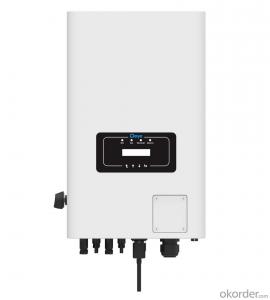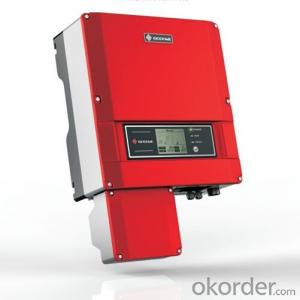Bosch Inverter Solar
Bosch Inverter Solar Related Searches
Bosch Solar Inverter Inverter Solar Solar Solar Inverter Solaris Solar Inverter Germany Solar Inverter Power Inverter Solar Siemens Solar Inverter Inverter Power Solar Smart Inverter Solar Inverter Battery Solar Battery Inverter Solar Schneider Solar Inverter Bosch Solar Module Tesla Inverter Solar Solar Electric Inverter Power Solar Inverter Inverter Solar System Inverter Solar Battery Solar Battery Inverter Inverter Hybrid Solar Inverter Solar Generator Microtek Solar Inverter Solar House Inverter Lg Inverter Solar Toshiba Solar Inverter Inverter Charger Solar Micro Inverter Solar Inverter Solar Systems Battery Solar Inverter Inverter Solar CellBosch Inverter Solar Supplier & Manufacturer from China
Bosch Inverter Solar is a range of high-quality solar energy products designed to harness the power of the sun and convert it into usable electricity. These products are engineered with advanced inverter technology, ensuring maximum efficiency and reliability for residential and commercial applications. The Bosch Inverter Solar products are well-suited for various scenarios, such as powering homes, businesses, and even off-grid systems, making them an essential component in the growing renewable energy market. They are known for their ability to withstand harsh weather conditions and maintain consistent performance over time, which is why they are trusted by many for their solar energy needs.Okorder.com is a leading wholesale supplier of Bosch Inverter Solar products, offering a vast inventory to cater to the diverse requirements of customers worldwide. With a strong commitment to quality and customer satisfaction, Okorder.com ensures that the Bosch Inverter Solar products they provide are genuine and come with the necessary certifications and warranties. This makes Okorder.com a reliable source for those looking to invest in efficient and durable solar energy solutions.
Hot Products


















































